Panorama

Monday, April 15, 2013: This panoramic photograph shows the Milky Way on a cold winter’s night with light snow on the ground at ESO’s La Silla Observatory in Chile. In this panorama, wide-angle projection distorts the ribbon of the Milky Way into an arc. On the left stands the ESO 3.6-metre telescope. On the far right rises the Swiss 1.2-meter Leonhard Euler Telescope, built and operated by the Geneva Observatory. The photo was taken by Alexandre Santerne, and released April 8, 2013.
— Tom Chao
Far North
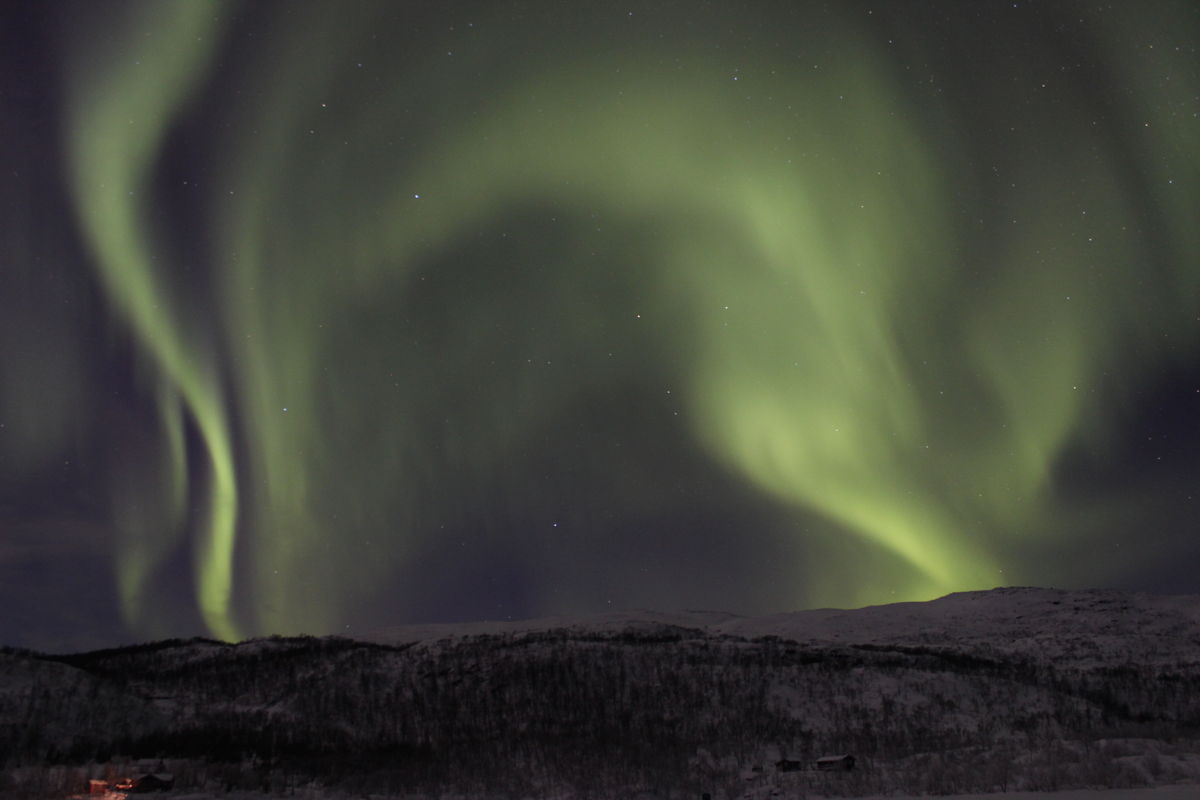
Tuesday, April 16, 2013: A bright auroral display illuminates the sky over Norway near Tromsø on February 17, 2013.
— Tom Chao
Under These Clouds
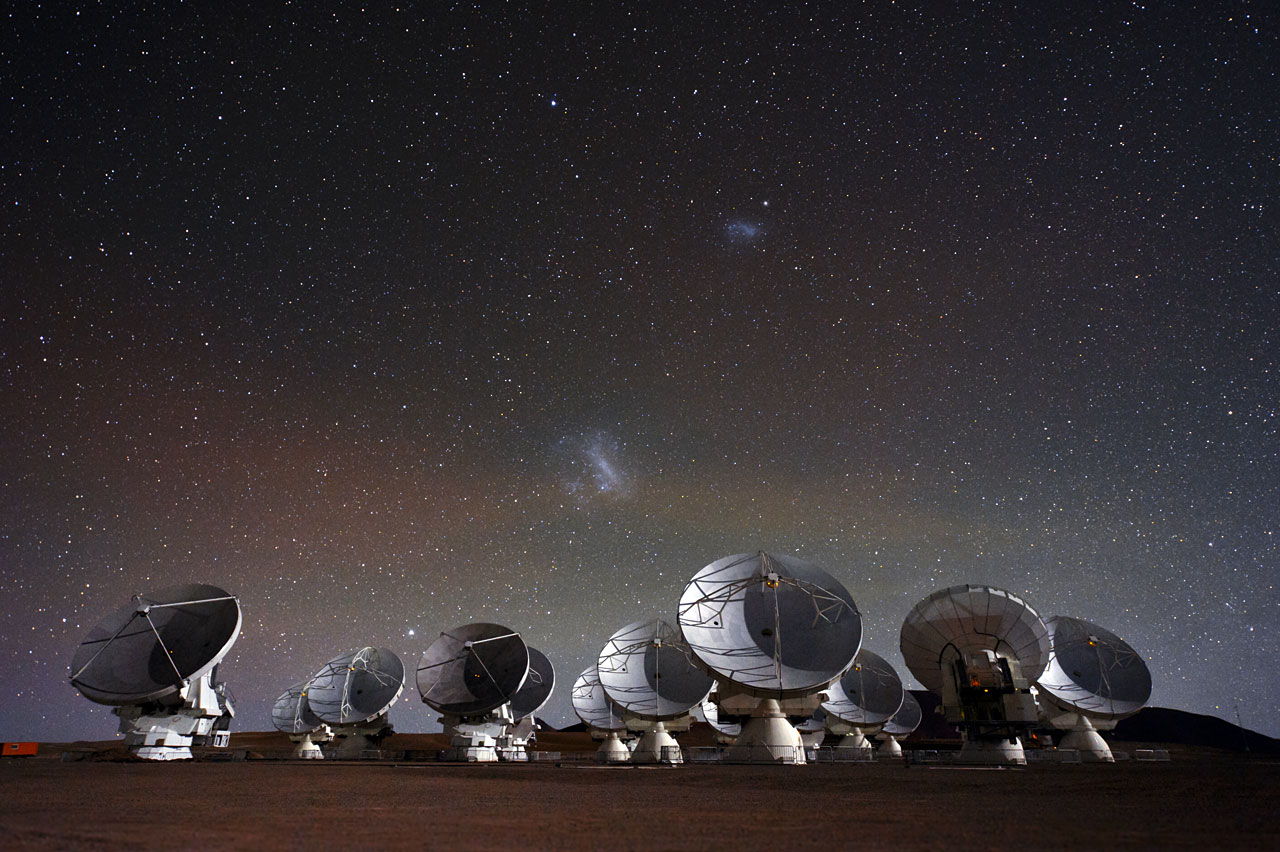
Wednesday, April 17, 2013: The antennas of the Atacama Large Millimeter/submillimeter Array (ALMA) stand beneath a brilliant night sky in Chile. The Large and Small Magellanic Clouds hang majestically above. At 16,400 feet (5000 meters) on the Chajnantor Plateau, ALMA represents the world’s most powerful telescope for studying the universe at submillimeter and millimeter wavelengths. Christoph Malin, an ESO Photo Ambassador, painstakingly made the time-lapse video from which this still frame comes.
— Tom Chao
Storms
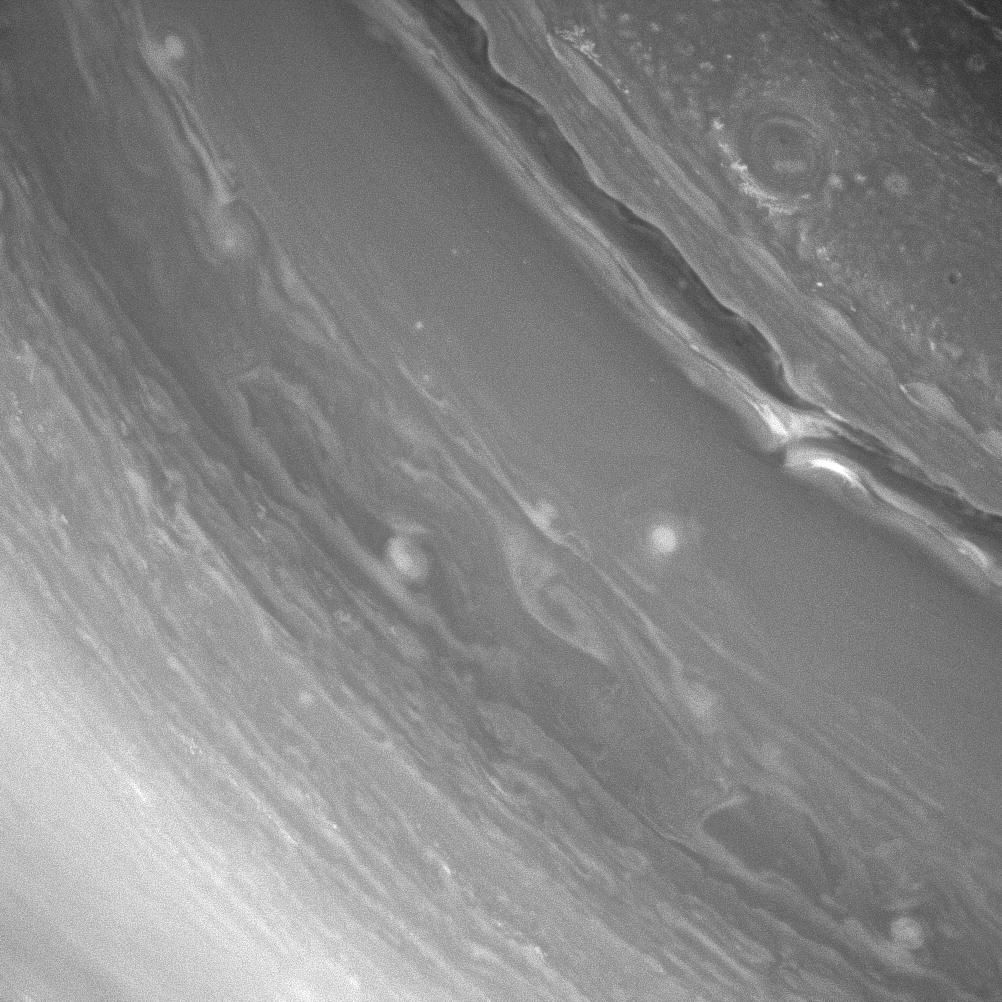
Thursday, April 18, 2013: Cassini spacecraft provides a look at some of Saturn's cloud patterns, shaped by wind and storms in Saturn's atmosphere. This view centers on 30 degrees north latitude, 42 degrees west longitude. North is up and rotated 44 degrees to the right. Cassini spacecraft obtained the image with its wide-angle camera on Dec. 24, 2012. The view was acquired at a distance of approximately 440,000 miles (710,000 kilometers) from Saturn's surface.
— Tom Chao
Bright Blue Times
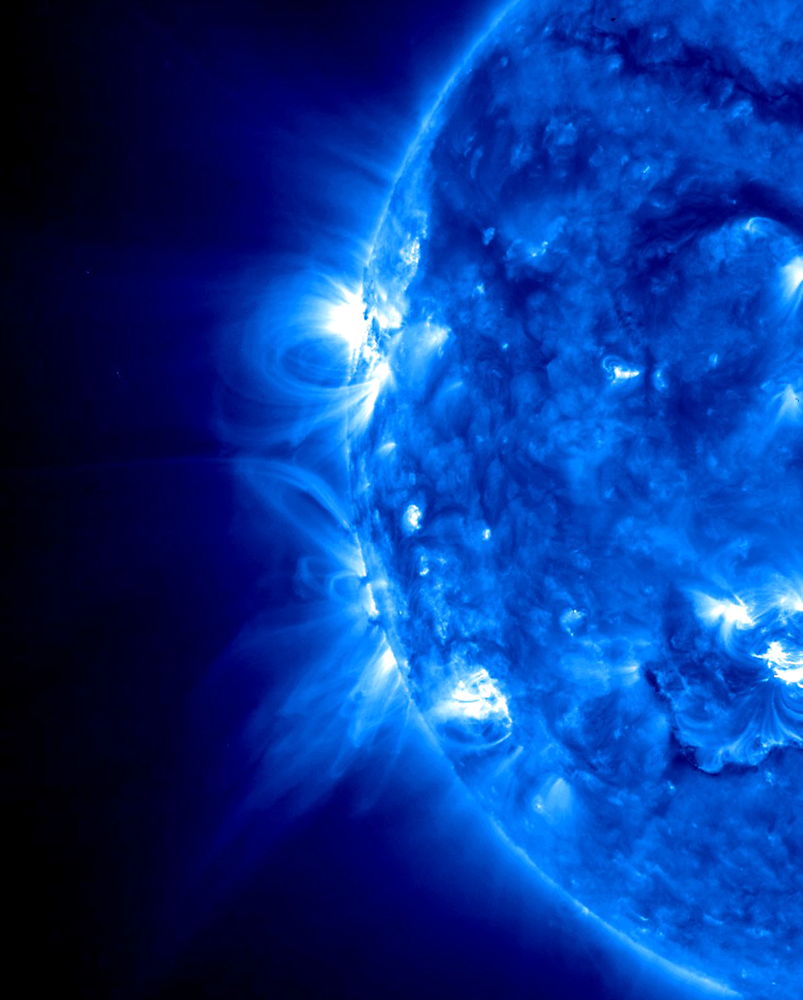
Friday, April 19, 2013: Loops and arcs shoot from two active regions on the sun, April 8, 2013. The STEREO's (Ahead) spacecraft took the image in extreme UV light. The loops consist of plasma at temperatures up to a million degrees C., arcing along the lines of magnetic fields.
— Tom Chao
Always Been a Storm
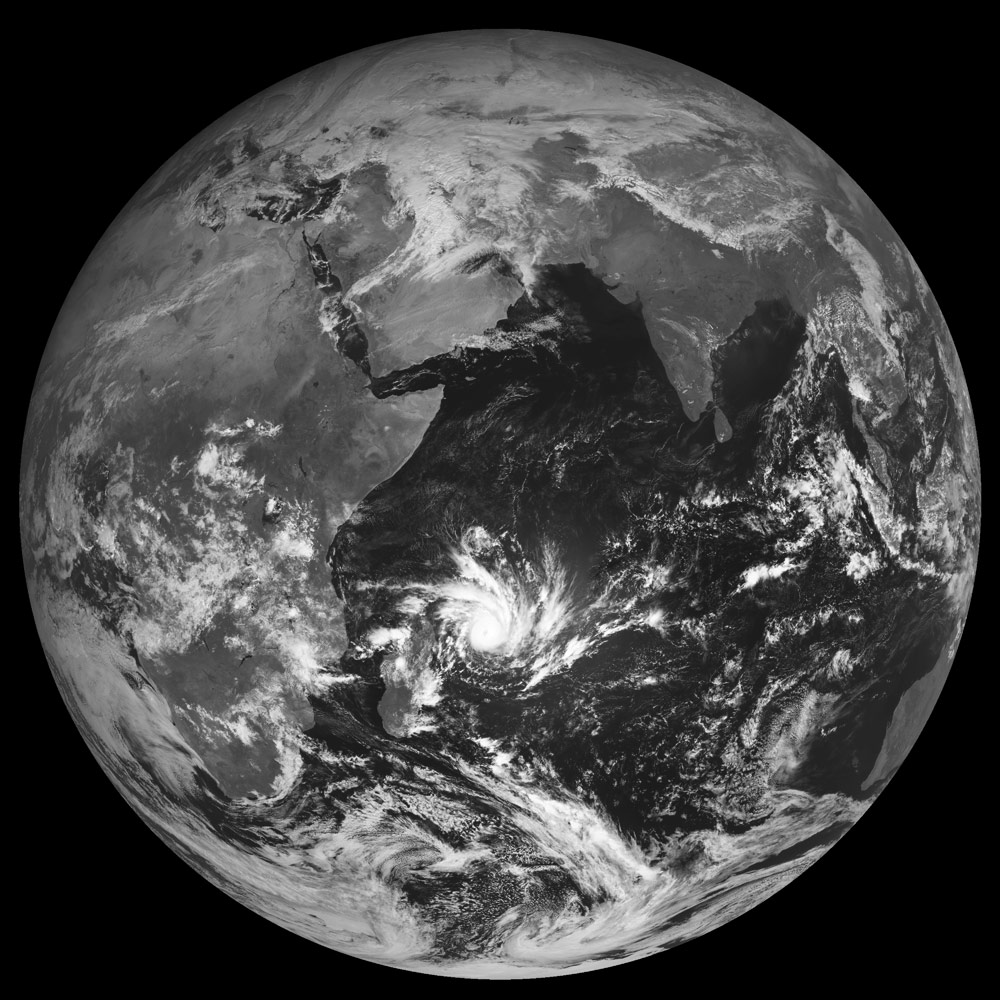
Monday, April 22, 2013: Happy Earth Day from SPACE.com! This image of Earth taken by a EUMETSAT weather satellite on Jan. 29, 2013, shows the three main types of storms, as classified by research meteorologists and climatologists. Just below center, one of the storm types — a tropical cyclone — spins in the Indian Ocean, showing a characteristic spiral shape and defined eye. To the right of the cyclone, below the Indian subcontinent, floats a small patch of bright white thunderstorms, another type of storm. Thunderstorm clouds have irregular shapes and towering cumulus clouds, creating a textured appearance on the tops of cloud layers. The third type of storm, extra-tropical (or mid-latitude) cyclones, produce weather ranging from mild rainstorms to violent blizzards, typically beginning in the middle or high latitudes. Extra-tropical cyclones stretch more broadly than tropical cyclones, and sprawl in comma shapes. Here one crosses over the Sinai Peninsula, and a much larger one extends from the very bottom in Antarctica towards the upper right, then bends back to the left in a boomerang shape.
— Tom Chao
Diver Down
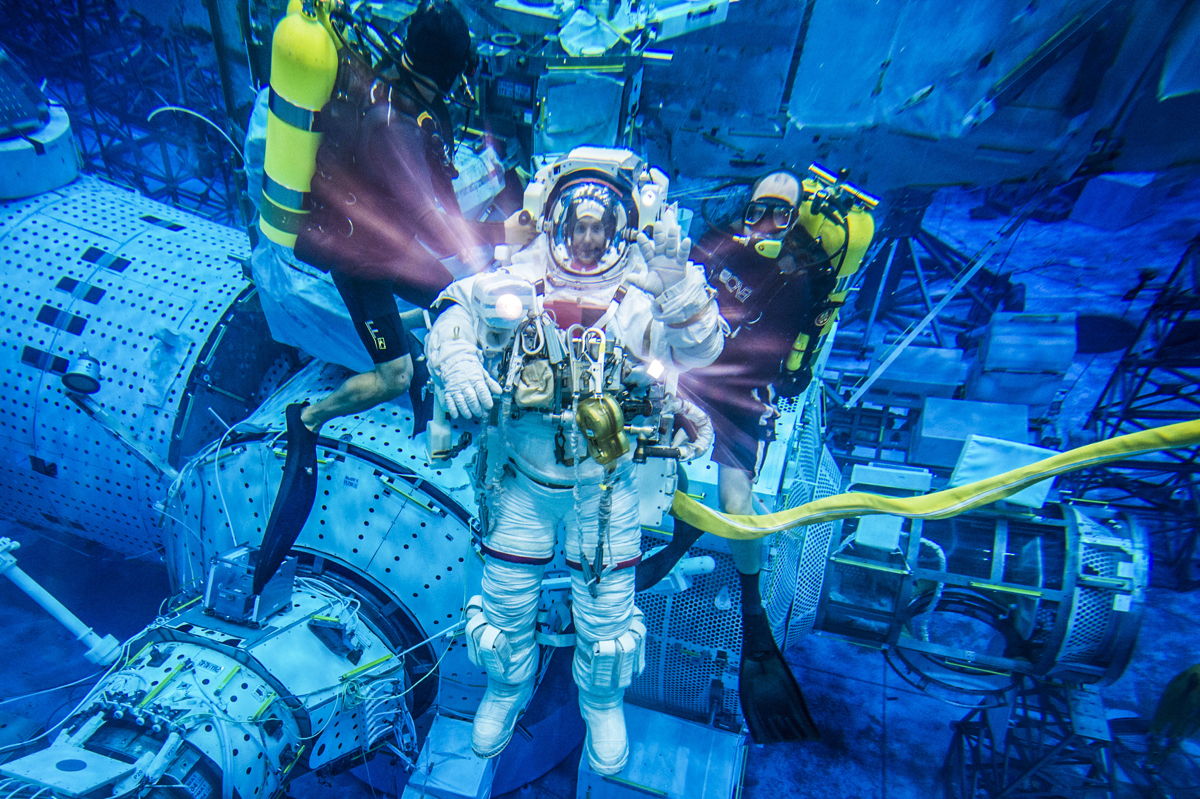
Tuesday, April 23, 2013: With lights blazing dramatically from his chest, ESA astronaut Thomas Pesquet descends underwater during spacewalk training at NASA's Neutral Buoyancy Lab in Houston, TX. Training and support divers stand by, monitoring his movements. Astronauts use underwater training on a life-size mockup of the space station as one way to prepare for their mission. Floating underwater represents one of the best ways to train on Earth for weightlessness.
— Tom Chao
Get the Space.com Newsletter
Breaking space news, the latest updates on rocket launches, skywatching events and more!
Think Outside the Box
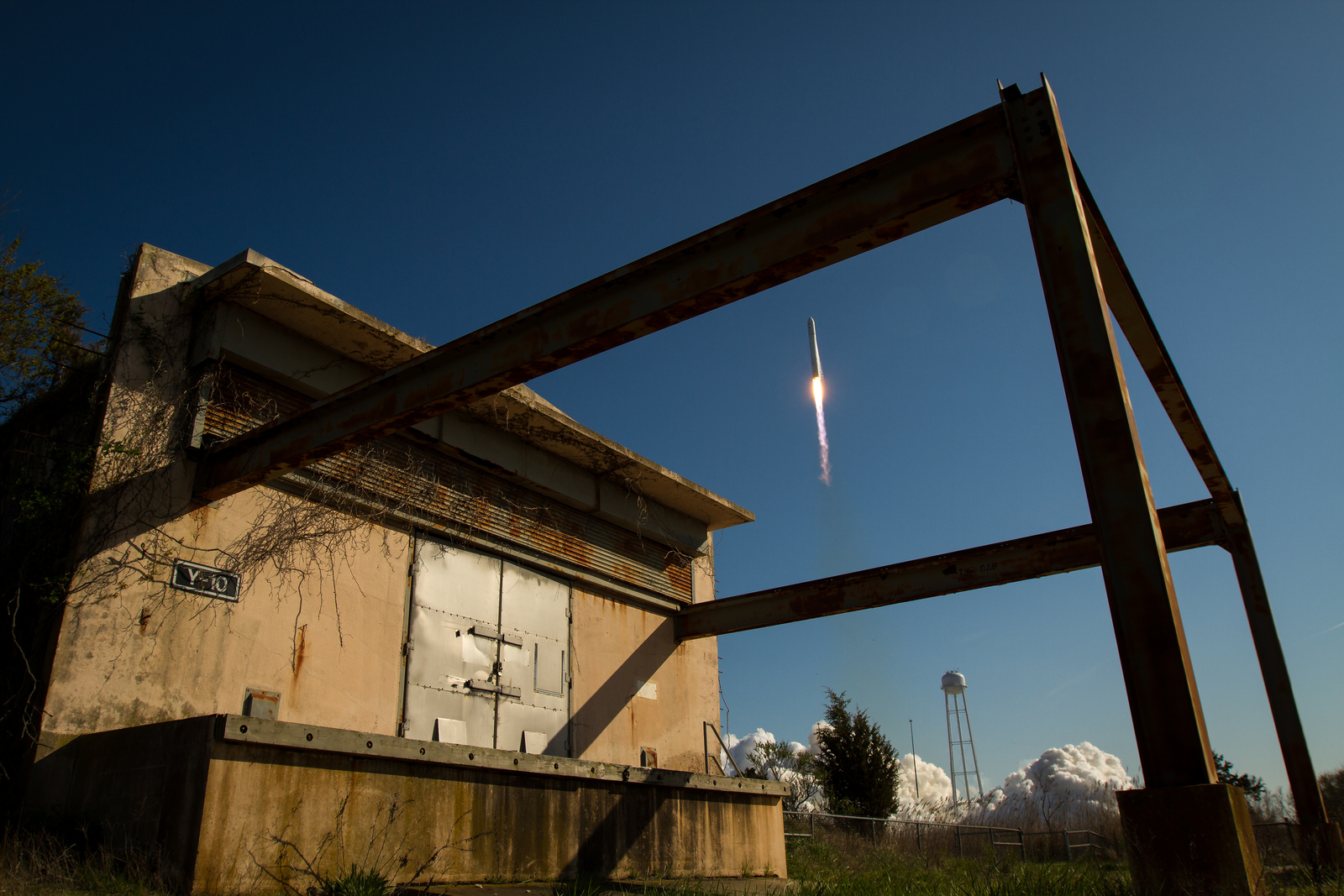
Wednesday, April 24, 2013: Orbital Sciences’ Antares rocket launched from Pad-0A of the Mid-Atlantic Regional Spaceport (MARS) at the NASA Wallops Flight Facility in Virginia, April 21, 2013. The test launch, delivering a mass simulated payload to orbit, marked the first flight of Antares. Orbital joins another private spaceflight company, SpaceX, in shouldering the responsibility for launching cargo to the International Space Station. Orbital has a $1.9 billion contract with NASA to provide at least eight resupply flights to the station using Antares rockets carrying Cygnus spacecraft.
— Tom Chao
Rock the Calabash
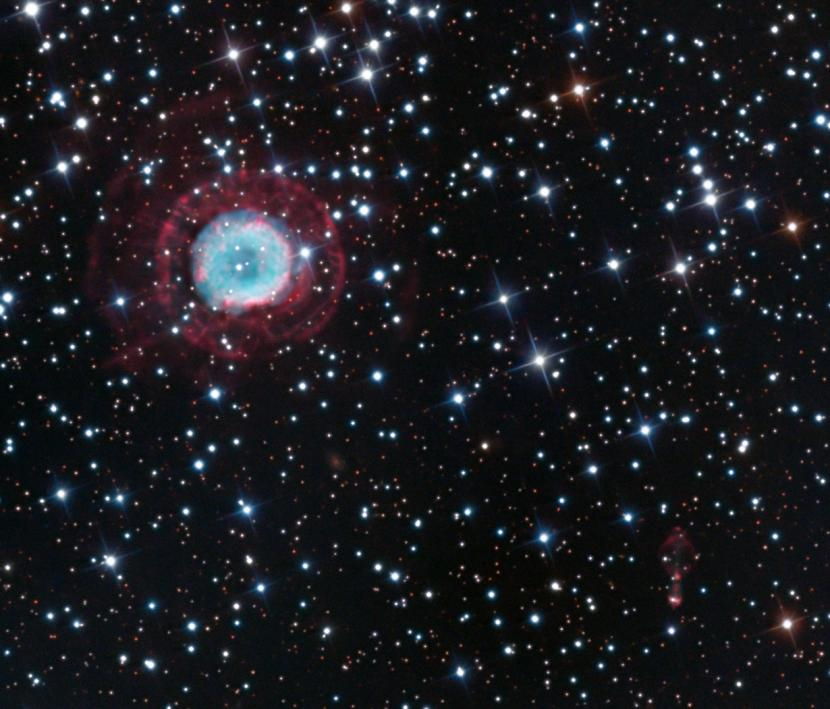
Thursday, April 25, 2013: Planetary nebula NGC 2438 stands out brightly at top left, while at lower right the Calabash Nebula glows very faintly as a kind of upright light-bulb shape. The Calabash Nebula is nicknamed the "Rotten Egg Nebula" owing to a relatively large amount of sulphur. Image obtained Dec. 2012-Jan 2013.
— Tom Chao
Technical Knockout
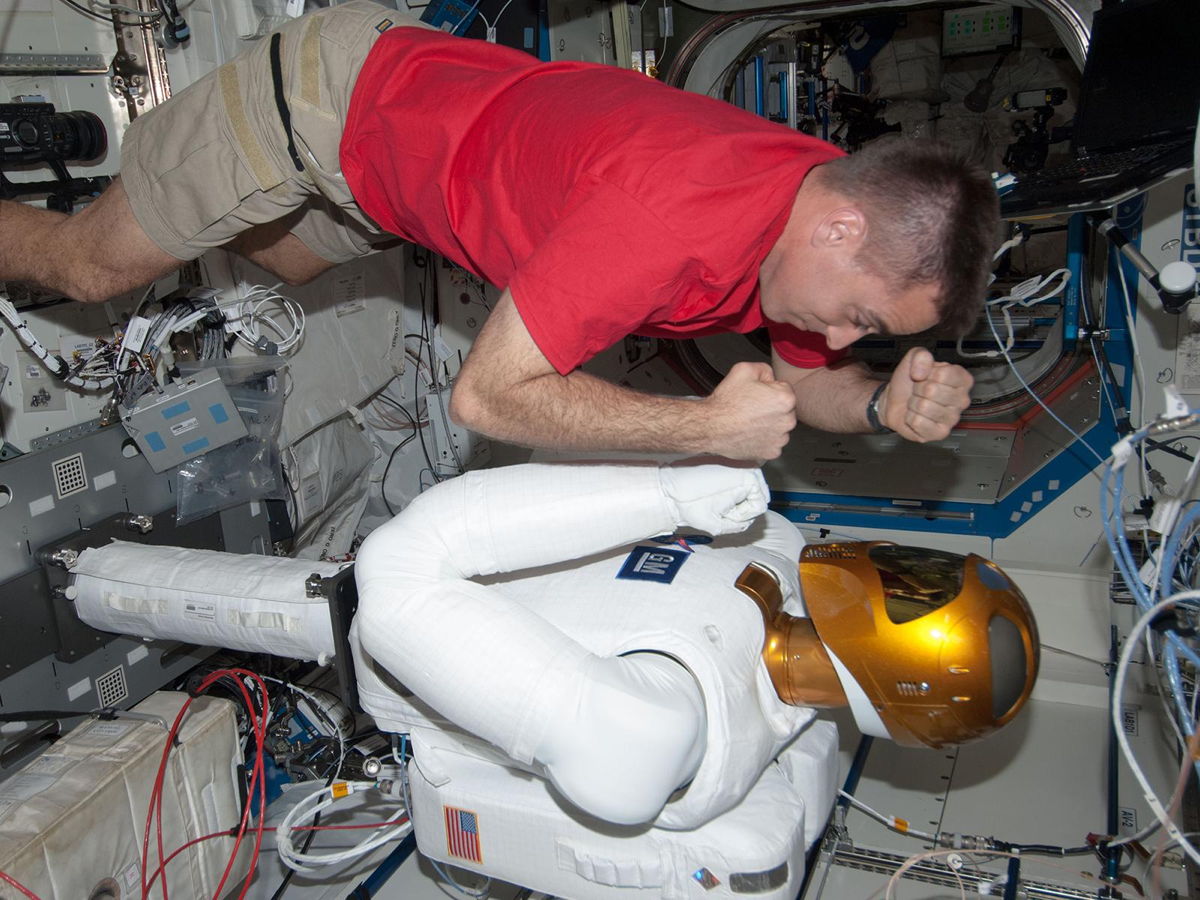
Friday, April 26, 2013: Robonaut 2 always keeps his dukes up, and remains ready for a knock-down drag-out fight aboard the International Space Station. After a operational session of Robonaut 2 controlled by ground personnel, Expedition 35 Flight Engineer Chris Cassidy looks like he’s ready for fisticuffs in the Destiny Laboratory of the ISS. Robonaut 2 represents the first humanoid robot to trave into space and the first U.S.-built robot to visit the space station. (Could this be the origin of Hideo Knutt’s Boltadrome?)
— Tom Chao
Join our Space Forums to keep talking space on the latest missions, night sky and more! And if you have a news tip, correction or comment, let us know at: community@space.com.










